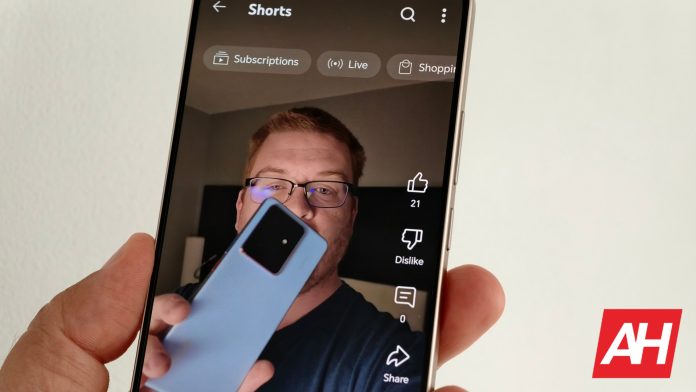A big change is rolling out on YouTube today in the US. A few weeks ago, the platform announced its intention to begin estimating the ages of viewers using artificial intelligence. Now, “AI-based age verification” is already part of YouTube. According to the company, the change is part of its ongoing efforts to create a safer, more age-appropriate environment for young users. However, the move has also brought controversy and criticism from many.
AI-based age estimation reaches YouTube, first in the US
Announced a month ago, YouTube’s new AI age verification system uses a variety of factors—from your viewing habits to the length of your account’s history—to determine if you are likely under 18. If the feature flags your account as belonging to a minor, it won’t just block you from certain videos. Instead, it will automatically apply a set of protections designed to safeguard teen viewers. The list of protections includes the following:
- Default “take a break” and bedtime reminders to promote digital wellness.
- Showing only non-personalized ads.
- Displaying privacy reminders when you upload videos or leave comments.
- Reducing recommendations for content that could be problematic if watched repeatedly.
For adults who are mistakenly flagged, YouTube offers a way to dispute the AI’s guess. You can verify your age by submitting a government-issued ID, a selfie, or a credit card.
However, the new system isn’t without its critics. Many users have expressed concerns about the accuracy of the AI. People are worried they could be misidentified as teenagers simply for watching certain popular genres like anime or gaming videos. There are also significant privacy concerns, with some users feeling uneasy about having to upload personal documents to a large tech company. In the middle of 2025, the threat of a potential data leak or theft is there, always latent.
That said, YouTube has “addressed” these concerns. Google‘s video platform stated that its model looks at a broad range of signals and doesn’t single out specific types of content. The company also emphasizes that submitting an ID is optional. If you choose not to, your account will simply retain the default teen protections, which still allow you to access most of the platform’s content. However, this probably won’t reassure those who just want to watch videos in peace without thinking that at any moment they could receive limitations on their accounts.
This new system is part of a—sudden—ongoing major shift in how tech companies are using AI for online age verification. While it aims to protect young viewers, it also raises important questions about privacy. The accuracy of these automated systems is also in doubt.
#YouTube #Guessing #Age #Starting #Today

